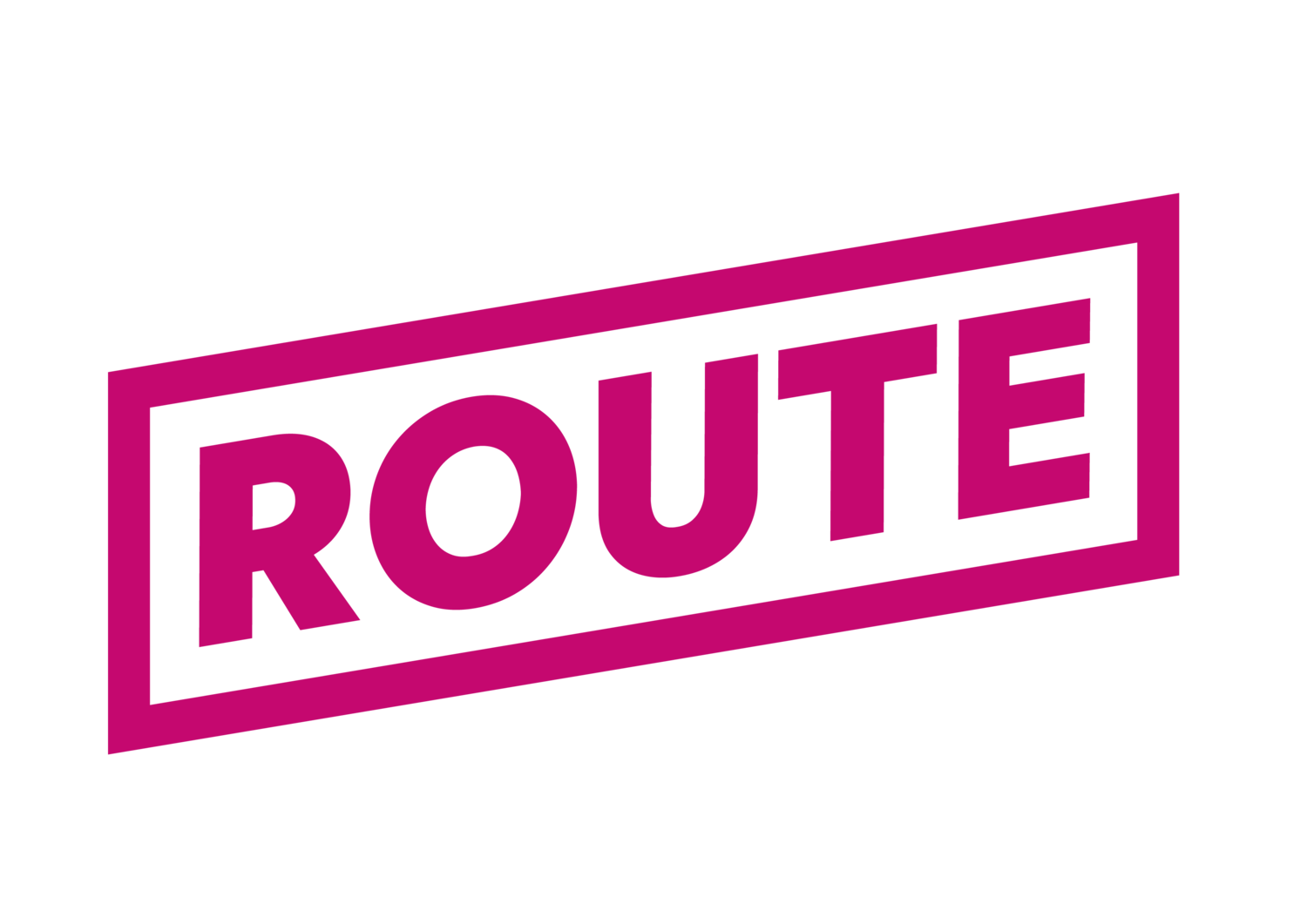Haik:OOH - More than viewable
img: The Substance (2024)
Out of home adverts
More than viewable, they’re viewed
Impact the people
Unlike other media Out Of Home is not measured on the basis of people having an opportunity to see the advertising being broadcast to them. This is too loose a definiton, because in the real world, we know that people are not (generally) actively going out of their way to seek out advertising. As they go about their day, they do, of course get exposed to them and indeed often revel in these, celebrating the fact that they are they, and even take photos of them to share online and with their loved ones. They also pay heed to who is on there and what they are selling them. OOH ads work. They have been demonstrated to build brand awareness and drive action.
As the audience measurement currency for Out of Home in Great Britain, it’s Route’s role to evaluate not just who is exposed to OOH ads but who really sees them. We do this through the application of eye tracking research which enables us to calculate both where people can see posters and screens from and then beyond this, to estimate people’s likelihood to see the ads they are exposed to accounting for frame attributes (size, format, whether it’s fixed in the ground or attached to a moving vehicle, spot schedule), audience attributes (mode of transport and speed of travel) and geometry attributes (distance between the person and the ad, the angle of approach, the distance the ad is offset from the line of travel etc), All of which is aggregated and built into our calculations behind the scenes.
This “netting down” which Route does is an important point because it means that we can provide the best estimate of people who are likely to see the ads.
It’s also important to reiterate that this is not necessarily the case in other media - particularly for one-to-one media such as digital online / mobile ads which use the number of ads served as their start point / proxy for audience (with the assumption that all ads served to a device are “viewable” and thus implicitly “seen”). This assumption has been proven by our friends at Lumen, and various other providers to not be the case. With this in mind, the use of “impressions” as an audience metric over-estimates the true number of people who see the ads. Lumen has conducted these sort of studies across a range of media. The image below comes from work done with TVision in GB.
For OOH audiences we don’t have to do this ‘netting’ effect to the audience data manually, as Route already does this in the data which we produce. We only output ‘visibility adjusted’ audience data. In this sense Route is an attention adjusted currency. We only start building audience from people who travel through areas from where it’s possible to see OOH ads and whom can see at least 90% of the ad and are travelling in the direction of the ads. Once these criteria are met, we start to build up the likelihood of them seeing the ads which are then reported as ‘impacts’ and translated into reach and frequency..
The final consideration that is required for those trying to align online “impressions” and OOH "impacts” is to account for the attributes of the medium itself. Although the impression metric is not a human measure it gains traction because the (generous) assumptions follow that some ads served are viewable (they appear on a device), and as such they are then seen. This works because typically only one person will be able to see each ad that appears. However for a one to many medium such as OOH, this is not the case. Ads which appear on screens are exposed to many people and a (high) proportion of these are likely to see them. Therefore making an assumption that impressions = audience will under count the number of people who see the ads. In other words, there is a different audience funnel, see below…
For more information on what this means for audiences and trading metrics, download the charts here (also available in the resources section).




